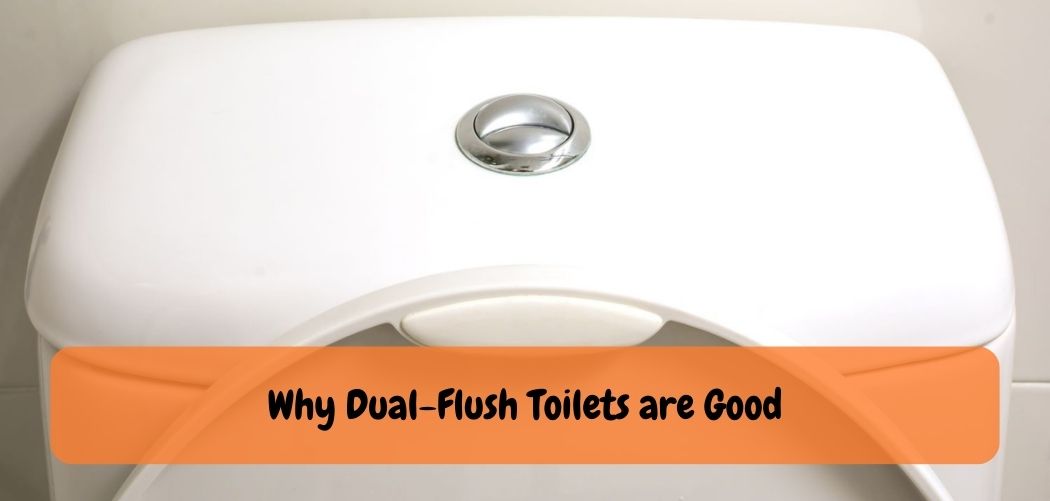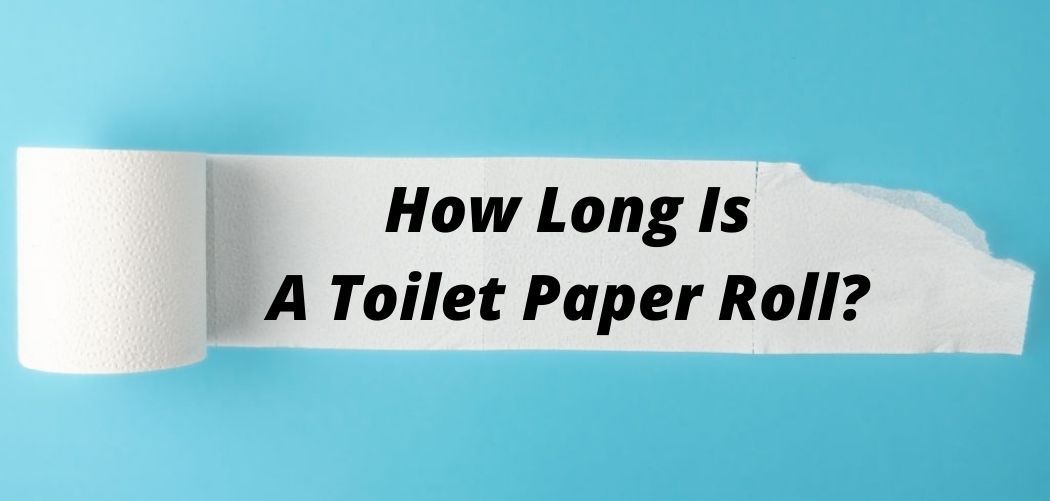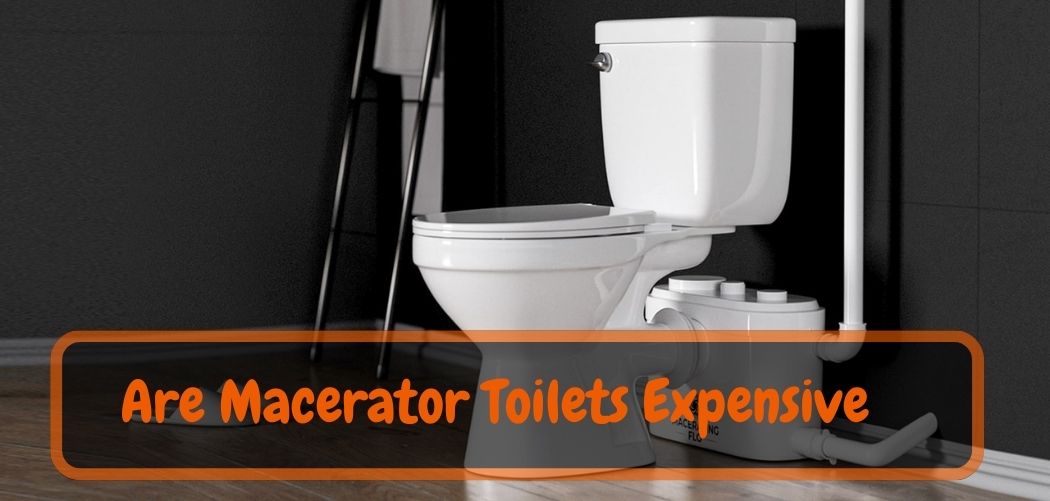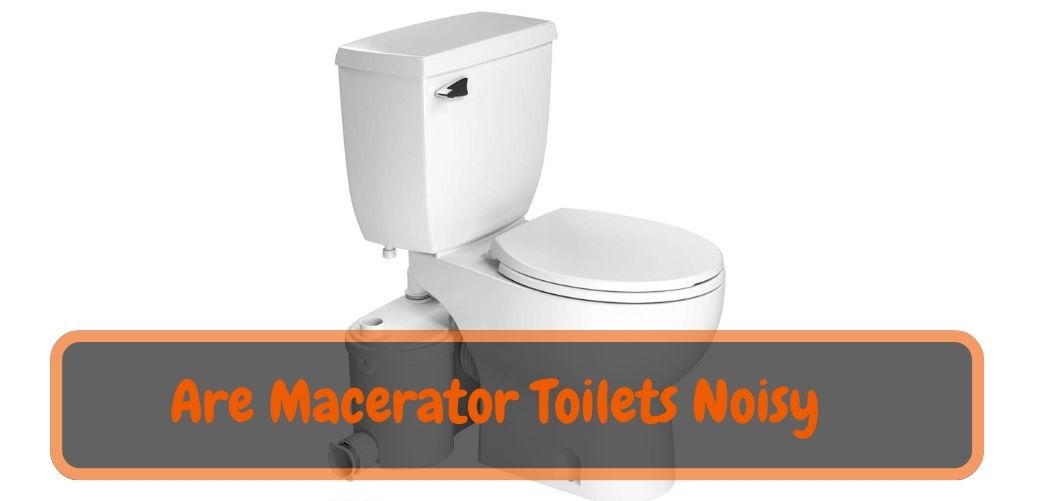In our quest for more sustainable and eco-friendly solutions, dual-flush toilets have emerged as a significant advancement in bathroom fixtures. These innovative systems offer users the ability to choose between two different flush options, typically a smaller flush for liquid waste and a larger flush for solid waste.
This deliberate design encourages water conservation and efficiency, making dual-flush toilets an excellent choice for both residential and commercial settings. In this article, we will explore the numerous advantages of dual-flush toilets.
Ranging from reduced water consumption and cost savings to their positive environmental impact. By understanding why dual-flush toilets are good, we can appreciate their role in promoting sustainable living and responsible water usage.
The Guide For: Why Dual-Flush Toilets are Good
Dual-flush toilets have gained popularity as a sustainable solution for reducing water consumption and promoting environmentally-friendly practices. By offering users the choice between a smaller flush for liquid waste and a larger flush for solid waste, these innovative systems contribute to water conservation and efficiency.
In this guide, we will explore the advantages of dual-flush toilets, including their impact on water savings, cost-effectiveness, environmental benefits, and user convenience. By understanding why dual-flush toilets are good, you can make informed decisions to promote sustainability in your bathroom and beyond.
1. Water Conservation:
One of the primary advantages of dual-flush toilets is their significant contribution to water conservation. By using different flush volumes for different waste types, these toilets allow users to tailor their water usage accordingly.
The smaller flush, typically around 3 to 4 liters (0.8 to 1 gallon), is suitable for liquid waste, while the larger flush, around 6 to 9 liters (1.6 to 2.4 gallons), handles solid waste effectively. This selective flushing approach can result in substantial water savings over time, reducing household or commercial water consumption and conserving a precious resource.
2. Cost Savings:
Dual-flush toilets can lead to cost savings, both for individual users and for water utility providers. With reduced water consumption per flush, households and businesses can experience lower water bills. Over time, these savings can add up significantly.
Additionally, water utility providers can benefit from decreased demand on water supply systems and reduced strain on infrastructure, potentially leading to long-term cost savings and improved operational efficiency.
3. Environmental Benefits:
Dual-flush toilets offer several environmental benefits, contributing to sustainability and reducing the ecological impact of water usage. By conserving water, these toilets help preserve water resources, especially in areas experiencing water scarcity or facing water stress.
Additionally, reduced water consumption means less strain on wastewater treatment facilities, as well as a decrease in energy requirements for water treatment and pumping. This results in a lower carbon footprint and a more sustainable approach to water management.
4. User Convenience and Flexibility:
Dual-flush toilets provide users with convenience and flexibility in their daily routines. The two flush options allow for effective waste removal while maintaining sanitation standards. Users have the freedom to choose the appropriate flush volume based on the type of waste, ensuring cleanliness without wasting unnecessary water. The ability to make a conscious choice to conserve water enhances user satisfaction and promotes responsible water usage habits.
5. Easy Installation and Compatibility:
Dual-flush systems can be easily installed in existing bathrooms without extensive modifications. Conversion kits are available for retrofitting older toilets, making them more water-efficient. Additionally, dual-flush toilets come in a variety of designs, styles, and price ranges, making them compatible with different bathroom aesthetics and budgets.
What is the Common Problem With Dual Flush Toilets?
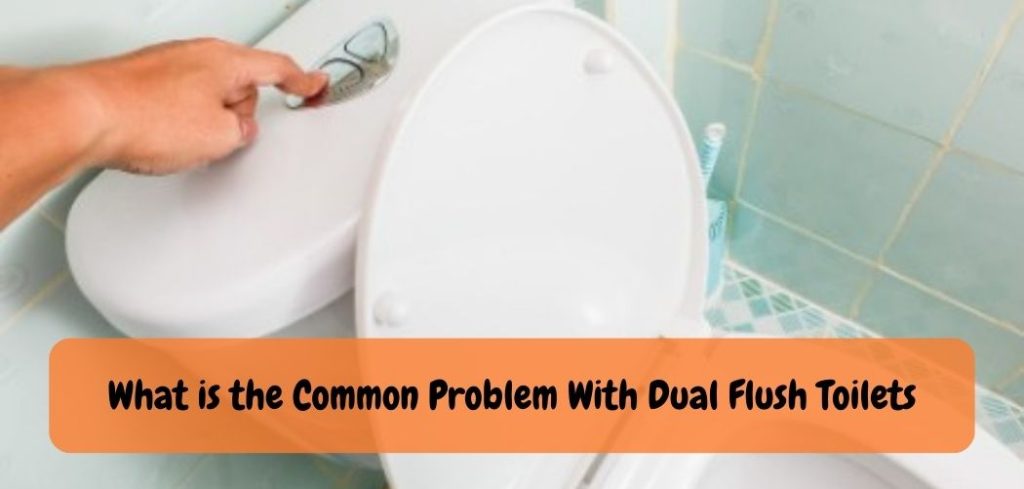
Dual flush toilets are a popular choice for eco-friendly homes, but they can also come with their own set of problems. One common problem is that the dual flush mechanism can get stuck in either the “full” or “half” mode, making it difficult to switch between them.
This can be caused by a number of things such as worn parts, debris buildup, calcium deposits from hard water, or incorrect installation.
Another issue is that the tank may not fill properly due to air bubbles in the line which will cause inconsistent flushing performance and slow refilling times. Finally, if you have an older model toilet you may experience leaks around seals due to wear and tear over time.
If any of these issues occur it’s important to call a qualified plumber right away as improper repair could lead to further damage and costly repairs later down the road.
What’S Better Low Flush Or Dual Flush Toilets?
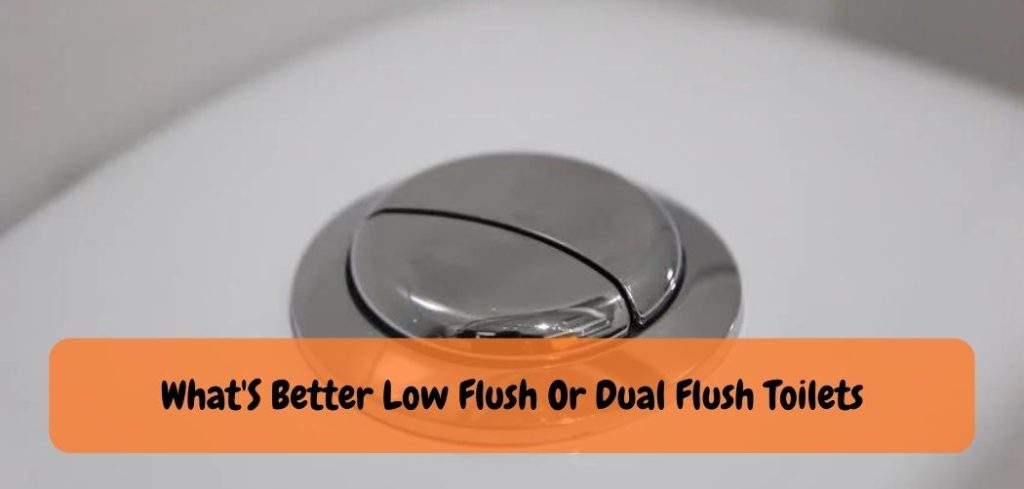
The debate between low flush or dual flush toilets has been going on for a while now. Low flush toilets offer great water savings but lack in performance when it comes to flushing power and they also require more frequent cleaning and maintenance due to their poor design.
Dual flush toilets, on the other hand, provide powerful flushing capabilities as well as high-efficiency with just one touch of a button – allowing you to save both water and money.
With double the efficiency over traditional low-flush models, it is clear that dual-flush toilet technology provides superior performance without sacrificing comfort or convenience.
It is no wonder why many homeowners are turning towards modern dual-flush systems instead of traditional single-level designs when renovating their bathrooms!
Not only do these advanced systems help create an eco-friendly space but also give you peace of mind knowing that your toilet will be able to handle any mess efficiently and quickly.
Is It Better to Have a One Piece Or Two Piece Toilet?
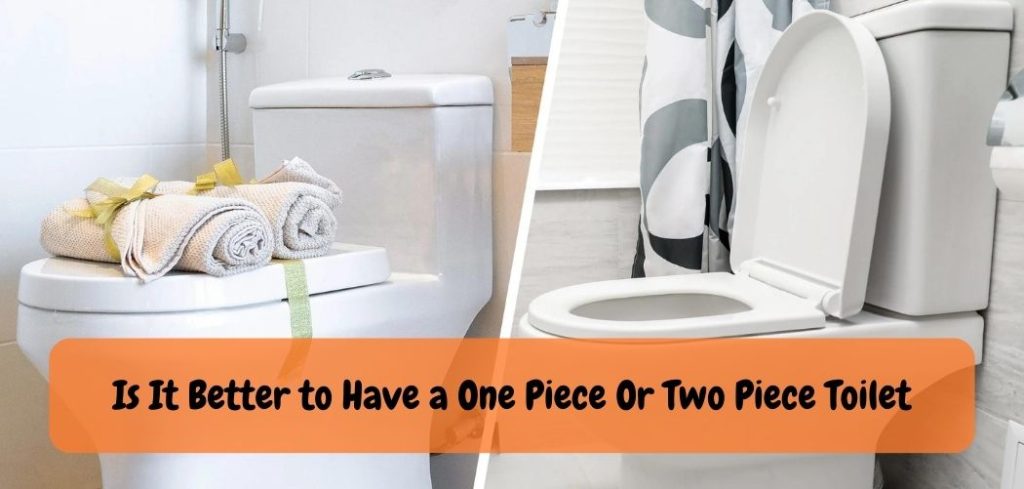
When it comes to choosing between a one piece or two piece toilet, the decision is largely based on personal preference and your specific needs. One piece toilets are often less expensive than two-piece models, so they make a great choice if you’re looking for an affordable option. They also have the benefit of being easier to clean since there’s no seam in between the bowl and tank.
However, they can be more difficult to install due to their large size. Two-piece toilets are typically heavier than one-piece models and can take up more space in your bathroom; however, they may fit better into tight spaces due to their separate components that allow them to fit into smaller areas.
Additionally, two-piece toilets tend to offer a wider range of features such as higher bowl heights and flushing technologies like pressure assist or gravity flush systems.
Ultimately when deciding which type of toilet is best for you it’s important to consider factors like budget, installation difficulty, available space in your bathroom as well as any special needs that must be taken into account (e.g., comfort height).
Pros & Cons of Dual Flush Toilet
Conclusion
Dual-flush toilets offer a range of benefits that make them an excellent choice for environmentally-conscious individuals and communities. By providing the option to select between a smaller flush for liquid waste and a larger flush for solid waste, these innovative systems promote water conservation and efficiency in a significant way.


